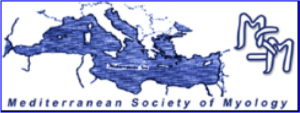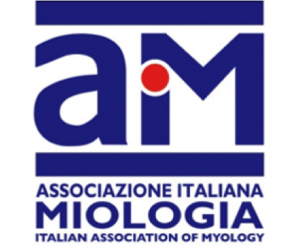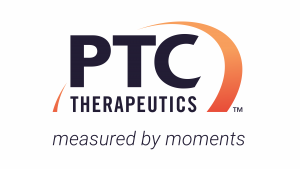Anti-MuSK myasthenia gravis (Anti-MuSK MG) is a chronic autoimmune disease caused by complement-independent dysfunction of the agrin-MuSK-Lrp4 complex, accompanied by the development of the pathological muscle fatigue and sometimes muscle atrophy. Fatty replacement of the tongue, mimic, masticatory and paravertebral muscles, revealed by muscle MRI and proton magnetic resonance spectroscopy (MRS), is considered to be a consequence of the myogenic process in anti-MuSK antibody MG in the patients with a plenty long course of the disease. However, in most experimental studies on animal models with anti-MuSK MG, complex presynaptic and postsynaptic changes are revealed, accompanied by the functional denervation of masticatory and paravertebral muscles predominantly.
This study presents the MRI, nerve conduction studies (NCS), repetitive nerve stimulation (RNS) and electromyography (EMG) of neurogenic lesions of the axial muscles (m. Multifidus Th12, L3-L5; m. Erector spinae L4-L5) in two patients K. (51 years old), and P. (44 years old), both of whom were having weakness of the paravertebral muscles for 2-4 months due to anti-MuSK MG. The clinical manifestations, as well as the edematous changes in the paravertebral muscles, regressed after therapy. Thus, these clinical examples may confirm the presence of the neurogenic changes at an early stage of anti-MuSK myasthenia gravis and indicate importance of immediate initiation of therapy to avoid the development of muscle atrophy and fatty infiltration.






